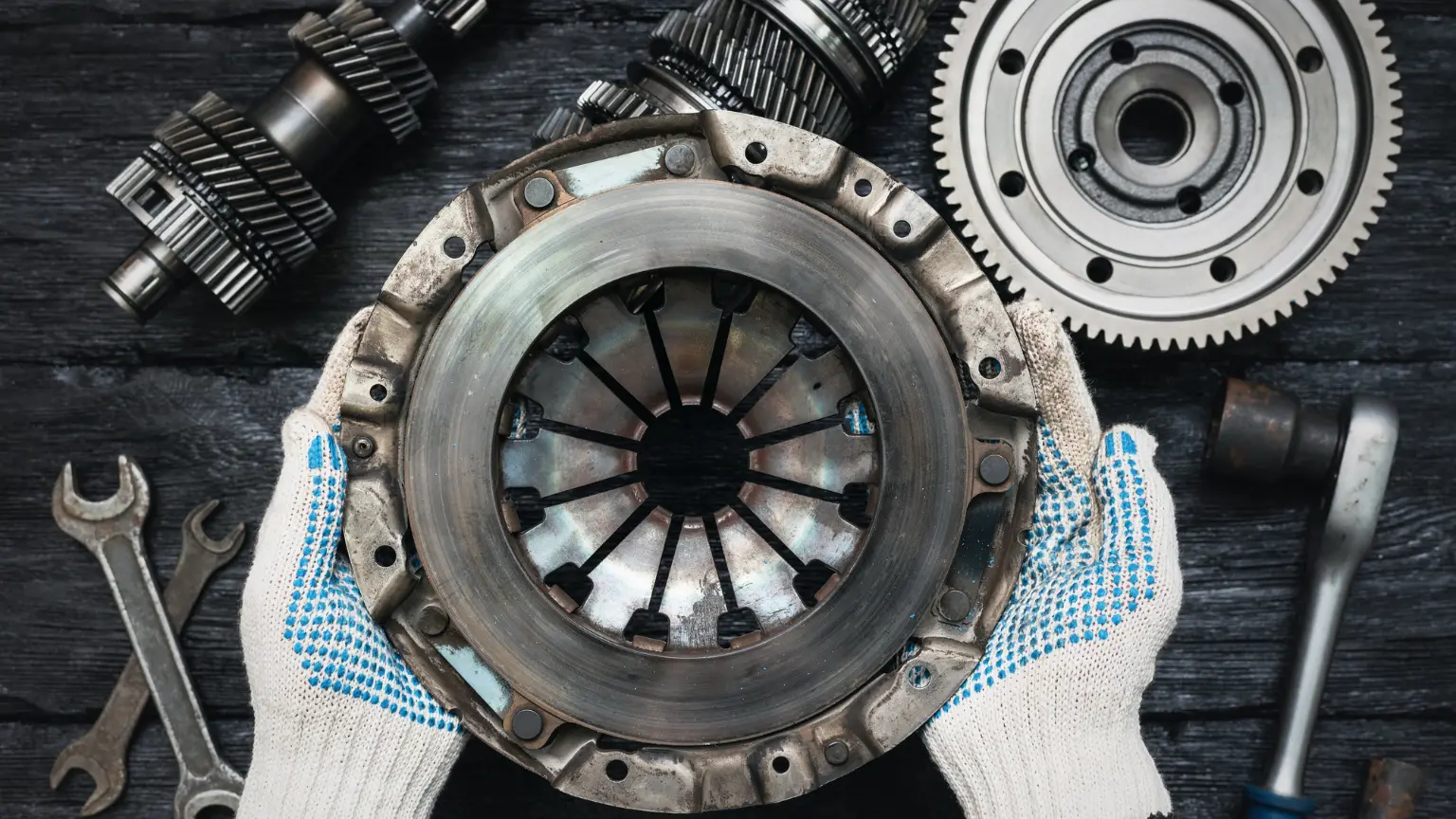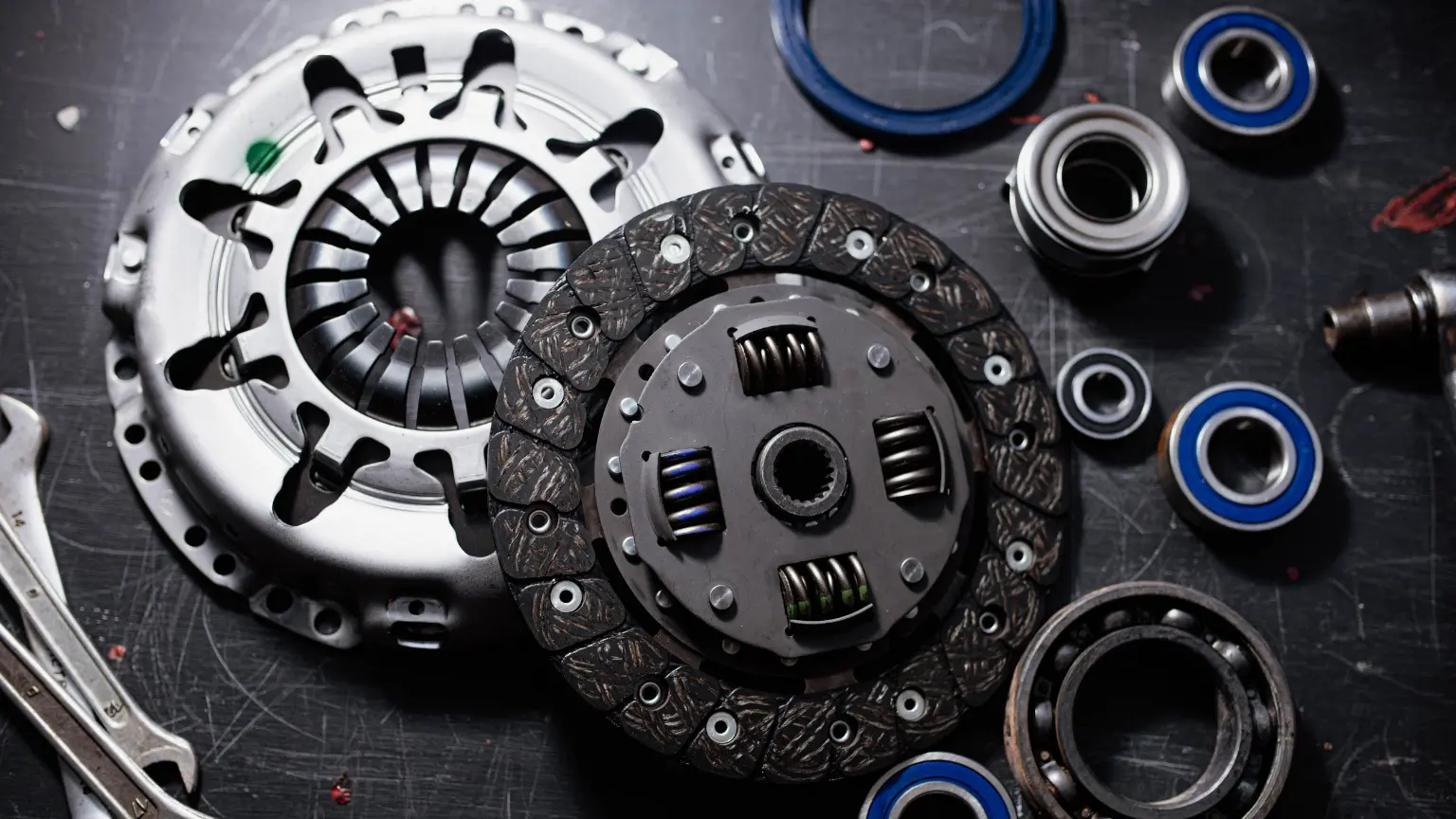Tips & Tricks for Efficient Transmission Rebuilds
Master the art of transmission rebuilds with this comprehensive guide covering disassembly, cleaning, inspection, reassembly, calibration, and specialized tools to ensure reliable, efficient results.
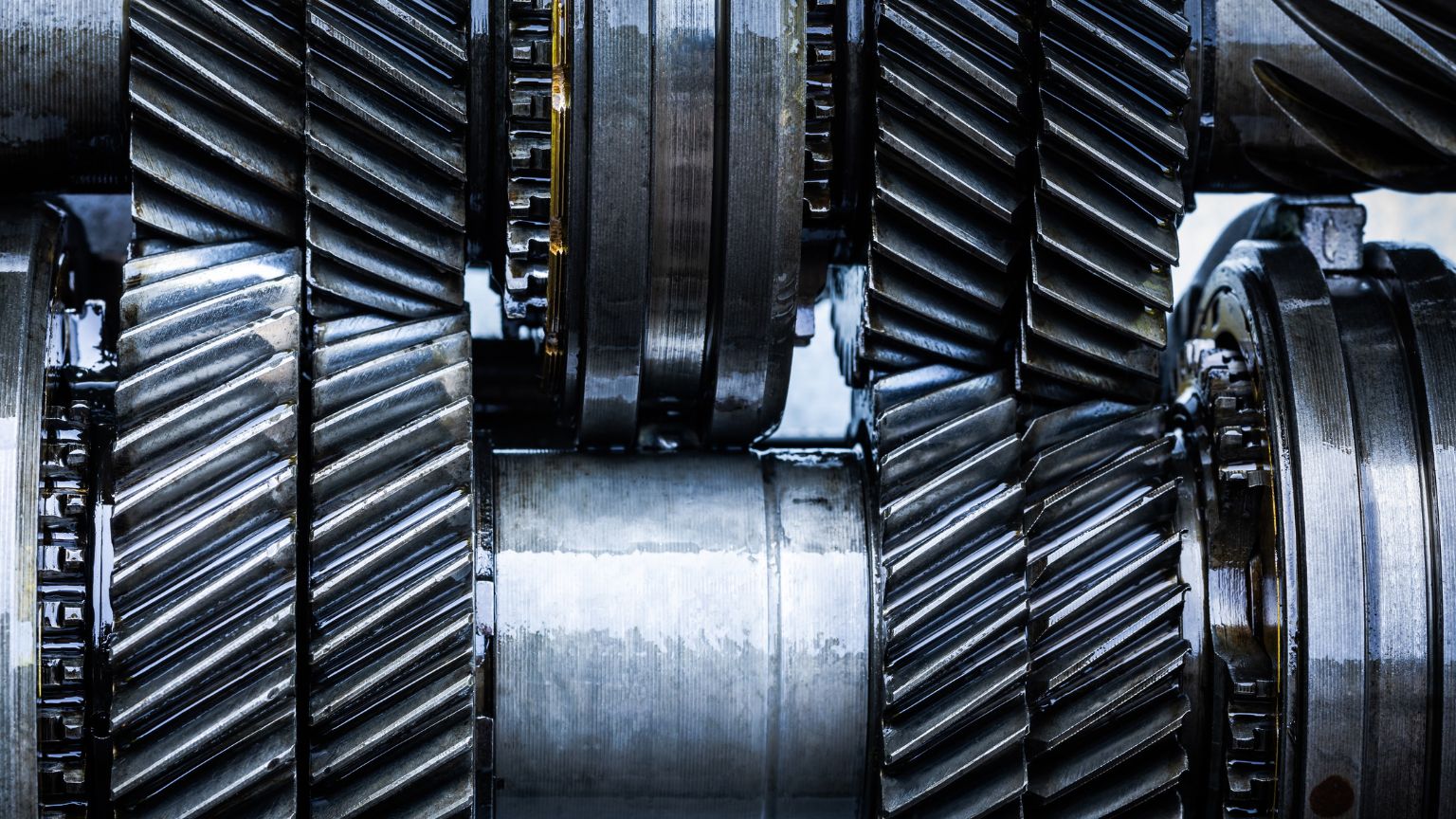
In the world of automotive repair, rebuild transmission projects are both a challenge and an opportunity for professional mechanics and DIY enthusiasts alike. The process of dismantling, repairing, and reassembling a vehicle's transmission is intricate and requires a specific set of skills and knowledge. Whether you are a seasoned transmission mechanic or a hobbyist looking to expand your automotive expertise, understanding the nuances of transmission rebuilds is crucial. This guide aims to explain the process and provide actionable tips to ensure your transmission rebuild is efficient, effective, and trouble-free.
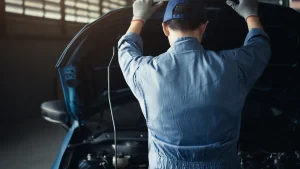
Disassembling the Transmission System
The disassembly of a transmission is a delicate and systematic process. Start by draining all fluids to prevent any messy spills. Then, methodically remove external components such as the torque converter, linkage, and sensors. It's crucial to label each part and its corresponding bolts or screws to avoid confusion during reassembly. As you delve deeper, take note of each step and keep a record—photographs or videos can be incredibly helpful here.After disassembling the transmission, the next step is organizing and storing the parts efficiently. Categorize the components based on their function and size. Smaller parts should be kept in clearly labeled containers to prevent loss. For larger parts, designated storage areas on shelves or in drawers are ideal. This organization not only aids in keeping track of all pieces but also makes the reassembly process faster and less prone to errors.Keeping track of every component during a transmission rebuild can be challenging. To manage this, use a combination of labeling and documentation. Assign each part a unique identifier and note its position and orientation within the transmission. Utilize compartmentalized trays for smaller parts and fasteners. Additionally, maintaining a checklist of all components as you remove them can be extremely beneficial.One of the pitfalls in disassembling transmissions is rushing through the process, leading to broken parts or misplaced components. To avoid such mistakes, take your time and refer to a service manual specific to the model you're working on. Use the right tools for each task to prevent damage to parts. Be particularly cautious with delicate components like seals and gaskets.
Cleaning and Preparing Transmission Components
The longevity and efficiency of a rebuilt transmission largely depend on the thoroughness of cleaning its components. Dirt, debris, and old transmission fluid can lead to premature wear and failure. Therefore, each part must be meticulously cleaned using appropriate solvents and brushes. Pay special attention to oil passages and crevices where contaminants commonly accumulate.Start with a preliminary wipe-down to remove loose dirt and grime. Then, use specialized cleaning solutions designed for transmission parts to dissolve stubborn contaminants. Ultrasonic cleaners can be extremely effective for intricate parts. Ensure that all cleaning fluids are completely flushed out, as residual chemicals can harm the transmission's operation. Adhering to best practices in component cleaning ensures the longevity of the transmission rebuild shop’s work. Avoid abrasive materials that can scratch or damage surfaces. Use soft brushes and non-corrosive cleaners to protect the integrity of each part. Rinse parts thoroughly with clean solvent and dry them completely to prevent any form of corrosion. For electronic components, use cleaners that are safe for electrical circuits and ensure they are dry before reassembly.Once cleaning is complete, the next step is preparing the components for reassembly. Inspect each part for damage or wear and determine if it can be reused. Apply a light coat of transmission fluid to moving parts like gears and bearings to provide initial lubrication. This not only protects the parts but also facilitates a smoother reassembly process. Organize the cleaned components in the order they will be reassembled to simplify the subsequent steps.
Selecting Quality Replacement Parts
When it comes to selecting replacement parts for a transmission rebuild, you're often faced with a choice between OEM (Original Equipment Manufacturer) and aftermarket parts. OEM parts are made by the vehicle's manufacturer and guarantee a perfect fit and proven quality. Aftermarket parts, on the other hand, are produced by different companies and often offer a more affordable price point. When assessing parts for quality and compatibility, there are several key factors to consider:
- Material Quality: When selecting replacement parts, it's imperative to ensure that the materials used are of high quality and meet or even exceed the standards set by the Original Equipment Manufacturer (OEM). High-quality materials can significantly enhance the longevity and functionality of the transmission parts, reducing the likelihood of premature wear and failure.
- Manufacturing Precision: Precision in manufacturing is critical when choosing transmission parts. Accurate dimensions and tolerances that closely match the original specifications of the vehicle ensure a seamless fit and optimal performance. This precision prevents issues such as misalignment, abnormal wear, and potential damage to the transmission system, thus preserving the integrity and efficiency of the rebuild.
- Compatibility: It is essential to verify that each part is fully compatible with other components of the transmission system. Compatibility ensures that the new parts integrate well with the existing system without causing disruptions or requiring modifications.
- Warranty and Support: Finally, choosing parts that come with a warranty and solid manufacturer support provides an added layer of security. A warranty can cover defects and unexpected failures, while manufacturer support can assist in troubleshooting and provide guidance during the installation process.
These criteria will help you in selecting components that will contribute to a successful and enduring transmission rebuild. Finding reliable suppliers is crucial for acquiring quality parts for your transmission repair. Check online reviews and forums for customer feedback. Establishing a good relationship with reputable suppliers can lead to better service, valuable advice, and assurance of getting genuine, high-quality parts.While cost is an important factor in part selection, it should not be the only criterion. Cheaper parts may save money upfront but could lead to more frequent repairs and reduced transmission life, ultimately costing more in the long run. It’s essential to balance cost with the quality and longevity of the parts. Investing in higher-quality components can result in a more reliable and durable transmission rebuild.
Inspecting Parts for Wear and Damage
A critical aspect of transmission rebuilders' work is inspecting each component for wear and tear. This involves examining parts for any signs of abnormal wear, cracks, or damage. Gears, for instance, should be checked for smoothness and absence of chips or excessive wear on the teeth. Bearings need to be inspected for smooth rotation without any roughness or noise. Clutch plates should retain sufficient material and not display excessive grooving or burning.To accurately assess the condition of transmission parts, several techniques can be employed. Using a micrometer or caliper, measure the dimensions of parts against manufacturer specifications to detect wear beyond acceptable limits. Visual inspection under strong light can reveal hairline cracks or surface degradation. In some cases, non-destructive testing methods like magnetic particle inspection can be used to detect flaws in metal parts. These techniques, combined with a mechanic's experience and judgment, are crucial for a thorough evaluation.Making informed decisions on whether to replace or reuse parts is a key skill for transmission repair places. Parts showing minimal wear and functioning within their design parameters can often be reused. However, any component that shows signs of significant wear, damage, or does not meet specification tolerances should be replaced. This decision should be based on a balance between cost, safety, and performance considerations. Reusing a part that is near the end of its service life can lead to premature failure of the rebuild, negating any initial savings.
Reassembling the Transmission
Reassembling a transmission is a process that demands precision and attention to detail. Begin by consulting the service manual for your specific model to ensure the correct assembly order and specifications. Start with the internal components ensuring they are aligned properly and lubricated. As you progress, refer to the notes and photographs taken during disassembly.During reassembly, you may encounter several challenges, such as aligning complex assemblies or installing springs and clips. It's essential to maintain patience and refer to the service manual or seek advice from an experienced transmission mechanic if you encounter difficulties. Sometimes, using specialized tools like spring compressors or alignment jigs can greatly aid in overcoming these challenges.After the reassembly is complete, each component’s fit and function must be verified. This involves checking that all parts move freely without binding and that there are no unusual noises or resistance. It's also important to ensure that seals and gaskets are properly seated to prevent leaks. This verification step is crucial to avoid any issues once the transmission is back in the vehicle. A meticulous final check can save time and avoid the hassle of disassembling the transmission again for troubleshooting.
Calibrating and Adjusting Critical Components
The valve body is often considered the brain of the transmission, making its proper calibration essential in a transmission rebuild. This process involves adjusting the hydraulic pressures to ensure smooth shifting and operation. It requires specialized tools and an in-depth understanding of the transmission’s hydraulic system. Precise calibration is key to achieving optimal performance and longevity of the transmission. Incorrect calibration can lead to issues such as harsh shifts or slipping, which significantly affect the driving experience.Proper adjustment of bands and clutches is crucial for the correct operation of the transmission. Bands must be tightened to the manufacturer's specifications to ensure they engage and release correctly. Similarly, clutch clearances must be set within the specified tolerances. These adjustments require a high degree of accuracy, as even a slight deviation can affect the transmission's performance.Ensuring smooth operation involves a comprehensive review of the transmission’s mechanical and hydraulic systems. This includes checking the fluid flow, verifying the operation of solenoids and sensors, and ensuring that all moving parts are functioning as intended. Smooth operation is not just about mechanical perfection; it also involves the transmission’s responsiveness and efficiency. This thorough check is essential for delivering a rebuild that performs seamlessly and meets the expectations of transmission repair shops and their clients.
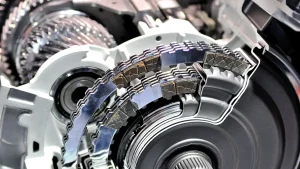
Utilizing Specialized Tools for Efficiency
Specialized tools play a pivotal role in enhancing efficiency and accuracy in transmission rebuilds. Investing in high-quality tools is a wise decision for any transmission rebuild shop. Quality tools are more durable, provide greater accuracy, and often come with better ergonomics, reducing the risk of injury during prolonged use. Below are key tools for a successful transmission rebuild:
- Torque Wrench: Incorrect torque can lead to damaged components or an unreliable transmission. A high-quality torque wrench provides accuracy, which is vital for meeting manufacturer specifications and avoiding the risk of component failure.
- Transmission Jack: This tool reduces the physical strain on technicians and minimizes the risk of damaging the transmission or other vehicle components during movement. It's especially useful in maintaining balance and providing stability when the transmission is detached from the vehicle.
- Bearing Pullers and Presses: They are used for the removal and installation of bearings without causing damage to the bearings or the transmission housing. These tools ensure that bearings are fitted securely and evenly, which is critical for the smooth operation of the transmission.
- Snap Ring Pliers: These are specialized tools designed specifically for handling snap rings, which are commonly found in various parts of a transmission. These pliers allow for the precise manipulation of snap rings, enabling easy removal and installation without the risk of damaging the rings or the grooves they fit into.
- Bushing Drivers: Bushing drivers are used for the precise installation of bushings in the transmission. They help ensure that bushings are installed evenly and without damage, which is crucial for the proper functioning of moving components within the transmission.
- Dial Indicator: A dial indicator is used to measure shaft endplay and alignment in the transmission. This measurement is crucial for ensuring that the transmission is set up correctly, as improper alignment can lead to premature wear and tear or even failure of the transmission.
- Hydraulic Pressure Tester: This tool tests the hydraulic circuits within the transmission for any leaks or incorrect pressure levels. Proper hydraulic pressure is essential for the transmission to function correctly, and this tool helps ensure that all hydraulic components are operating within specified parameters.
- Valve Body Test Machine: The valve body test machine is used to check the functionality of the valve body assembly, which is a critical component of the transmission. This machine helps diagnose any faults within the valve body, ensuring that it directs fluid to the appropriate channels for shifting and correct transmission operation.
- Air-Powered Tools: Air-powered tools are used to speed up both the disassembly and reassembly processes of a transmission rebuild.
- Transmission Holding Fixtures: Transmission holding fixtures are vital for securely holding the transmission while work is being done. These fixtures prevent any movement that could cause alignment issues or damage during the rebuild process.
While the initial investment may be higher for these tools, the long-term benefits in terms of reliability, efficiency, and professional results are well worth the cost. A well-equipped shop not only boosts the confidence of the mechanics but also builds trust and credibility with customers.
Post-Rebuild Testing and Diagnostics
After a transmission rebuild, a thorough test drive is essential to ensure everything functions as expected. This test drive should include various driving conditions such as city traffic, highway speeds, and idling to check the transmission's responsiveness and smoothness. Listen for unusual noises and pay attention to how the transmission shifts between gears. Any irregularities, such as delays in shifting or unusual sounds, may indicate a need for further adjustments.
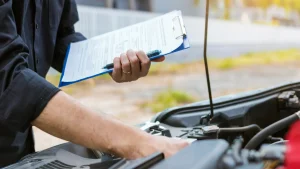
Following the test drive, conducting diagnostic procedures is crucial to confirm the success of the transmission rebuild. This involves using diagnostic tools to read and interpret any error codes that the transmission's computer system might generate. It also includes checking the transmission fluid level and condition, verifying that there are no leaks, and ensuring that the transmission temperature remains within the normal range during operation. These diagnostics help in pinpointing any residual issues that might require attention.The journey of mastering transmission rebuilds is ongoing. Each project offers unique challenges and learning opportunities. By applying the strategies and tips outlined in this guide, whether you are working in a transmission rebuild shop or your garage, you can ensure that each rebuild is more efficient and successful than the last. Remember, the key to excellence in transmission rebuilding lies in precision, patience, and a commitment to quality.
Follow a maintenance program
Ante gravida id aenean quis egestas risus nam amet nullam leo diam diam aliquam eu eu malesuada arcu rhoncus suspendisse nulla mattis ut amet sagittis in justo egestas.

search for a trusted mechanic
Lorem ipsum dolor sit amet, consectetur adipiscing elit lobortis arcu enim urna adipiscing praesent velit viverra sit semper lorem eu cursus vel hendrerit elementum morbi curabitur etiam nibh justo, lorem aliquet donec sed sit mi dignissim at ante massa mattis.
- Neque sodales ut etiam sit amet nisl purus non tellus orci ac auctor
- Adipiscing elit ut aliquam purus sit amet viverra suspendisse potent
- Mauris commodo quis imperdiet massa tincidunt nunc pulvinar
- Excepteur sint occaecat cupidatat non proident sunt in culpa qui officia
Check the air pressure in your tires
Vitae congue eu consequat ac felis placerat vestibulum lectus mauris ultrices cursus sit amet dictum sit amet justo donec enim diam porttitor lacus luctus accumsan tortor posuere praesent tristique magna sit amet purus gravida quis blandit turpis.
Review your suspension frequently
At risus viverra adipiscing at in tellus integer feugiat nisl pretium fusce id velit ut tortor sagittis orci a scelerisque purus semper eget at lectus urna duis convallis. porta nibh venenatis cras sed felis eget neque laoreet suspendisse interdum consectetur libero id faucibus nisl donec pretium vulputate sapien nec sagittis aliquam nunc lobortis mattis aliquam faucibus purus in.
- Neque sodales ut etiam sit amet nisl purus non tellus orci ac auctor
- Adipiscing elit ut aliquam purus sit amet viverra suspendisse potent
- Mauris commodo quis imperdiet massa tincidunt nunc pulvinar
- Excepteur sint occaecat cupidatat non proident sunt in culpa qui officia
Service your vehicle as regularly as posible
At risus viverra adipiscing at in tellus integer feugiat nisl pretium fusce id velit ut tortor sagittis orci a scelerisque purus semper eget at lectus urna duis convallis. porta nibh venenatis cras sed felis eget neque laoreet suspendisse interdum consectetur libero id faucibus nisl donec pretium vulputate sapien nec sagittis aliquam nunc lobortis mattis aliquam faucibus purus in.
“Nisi quis eleifend quam adipiscing vitae aliquet bibendum enim facilisis gravida neque velit euismod in pellentesque”
Conclusion
Eget lorem dolor sed viverra ipsum nunc aliquet bibendum felis donec et odio pellentesque diam volutpat commodo sed egestas aliquam sem fringilla ut morbi tincidunt augue interdum velit euismod eu tincidunt tortor aliquam nulla facilisi aenean sed adipiscing diam donec adipiscing ut lectus arcu bibendum at varius vel pharetra nibh venenatis cras sed felis eget.

